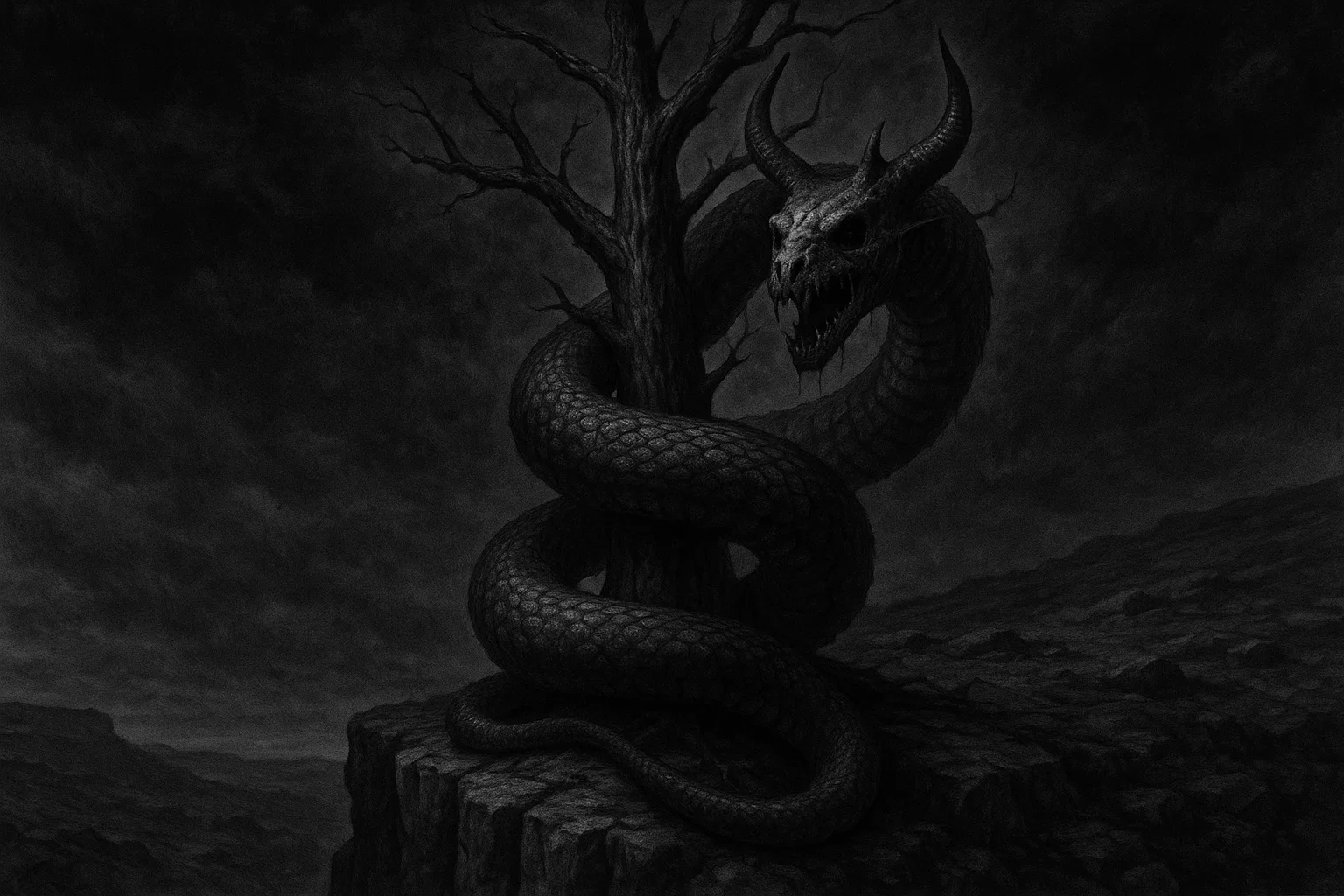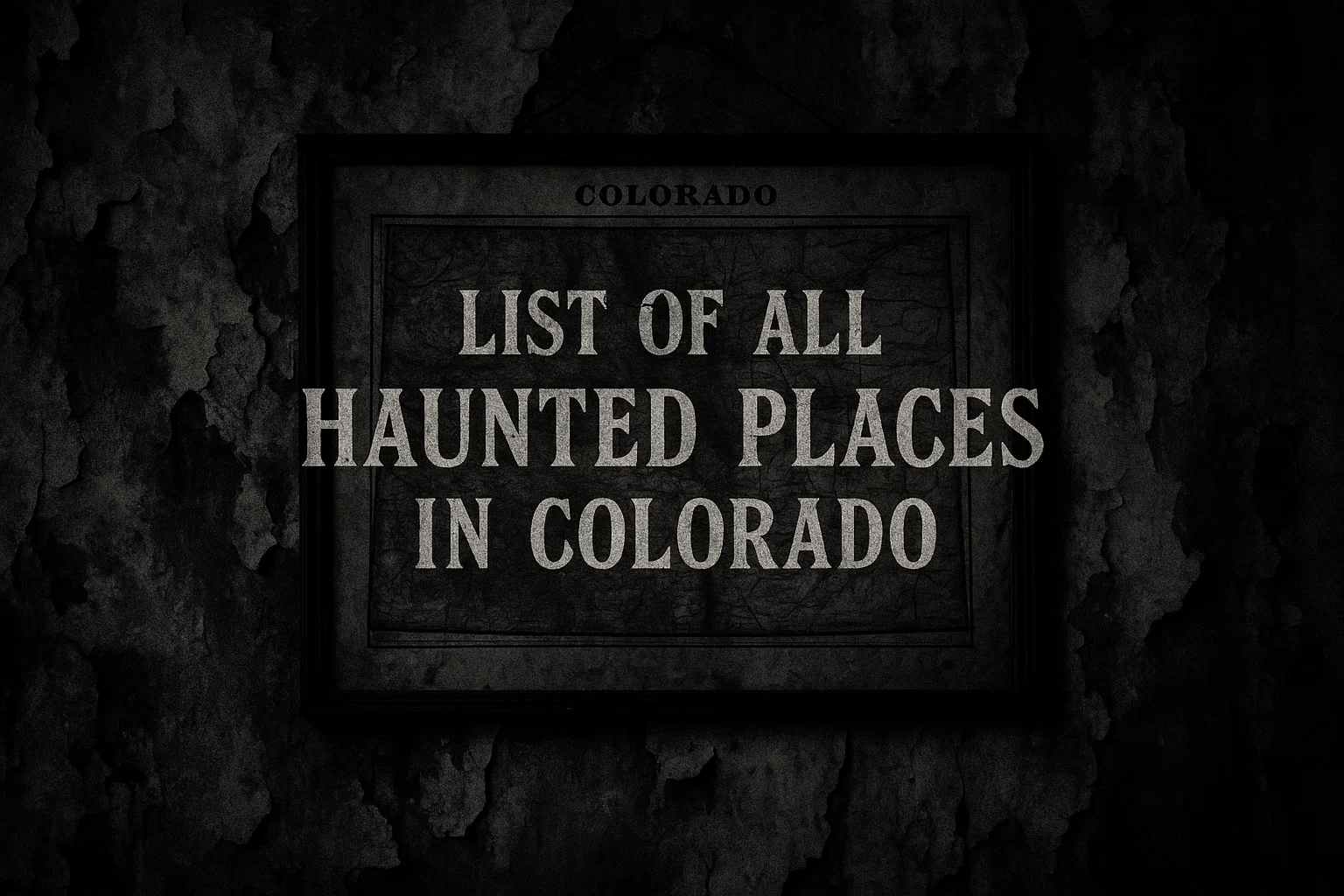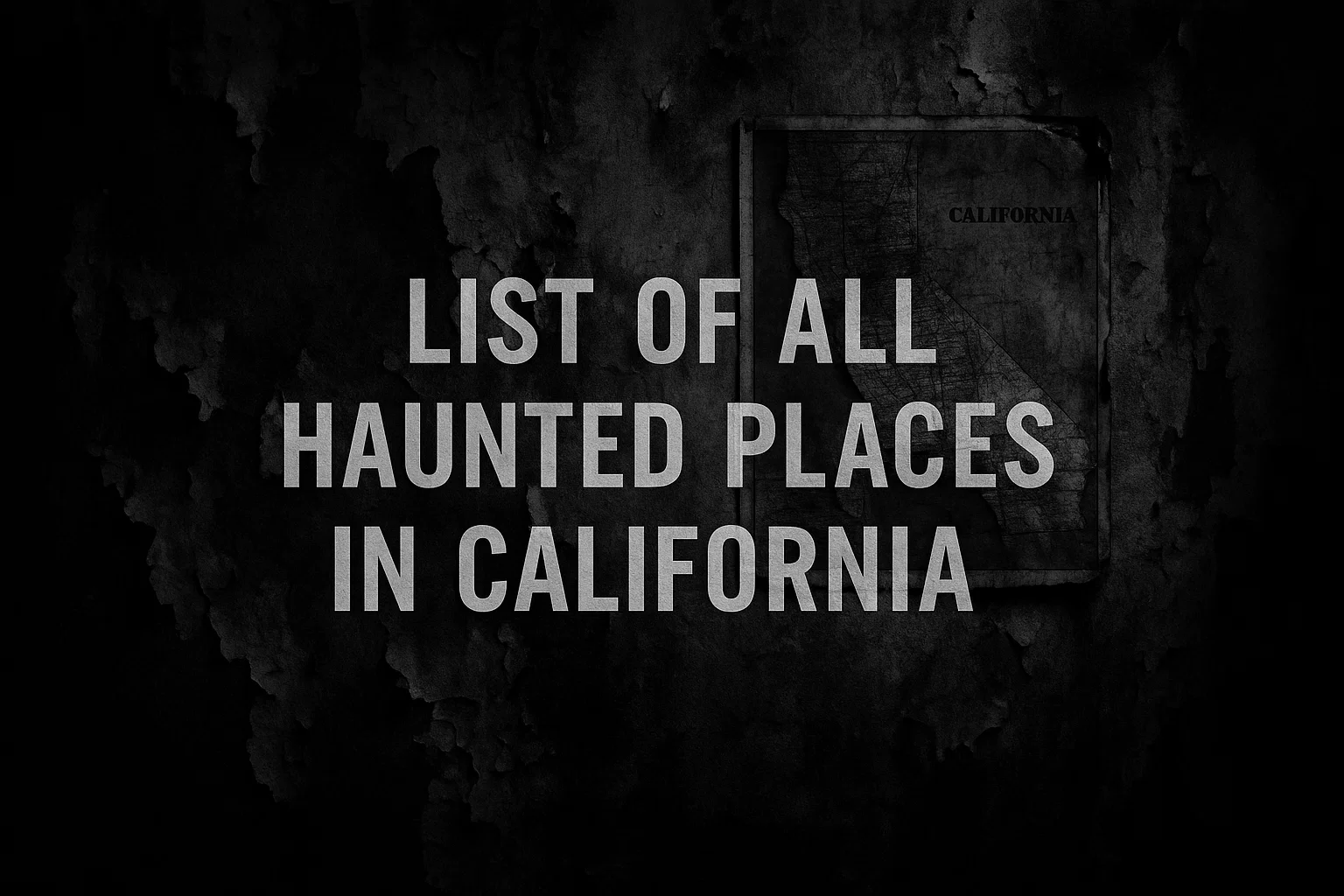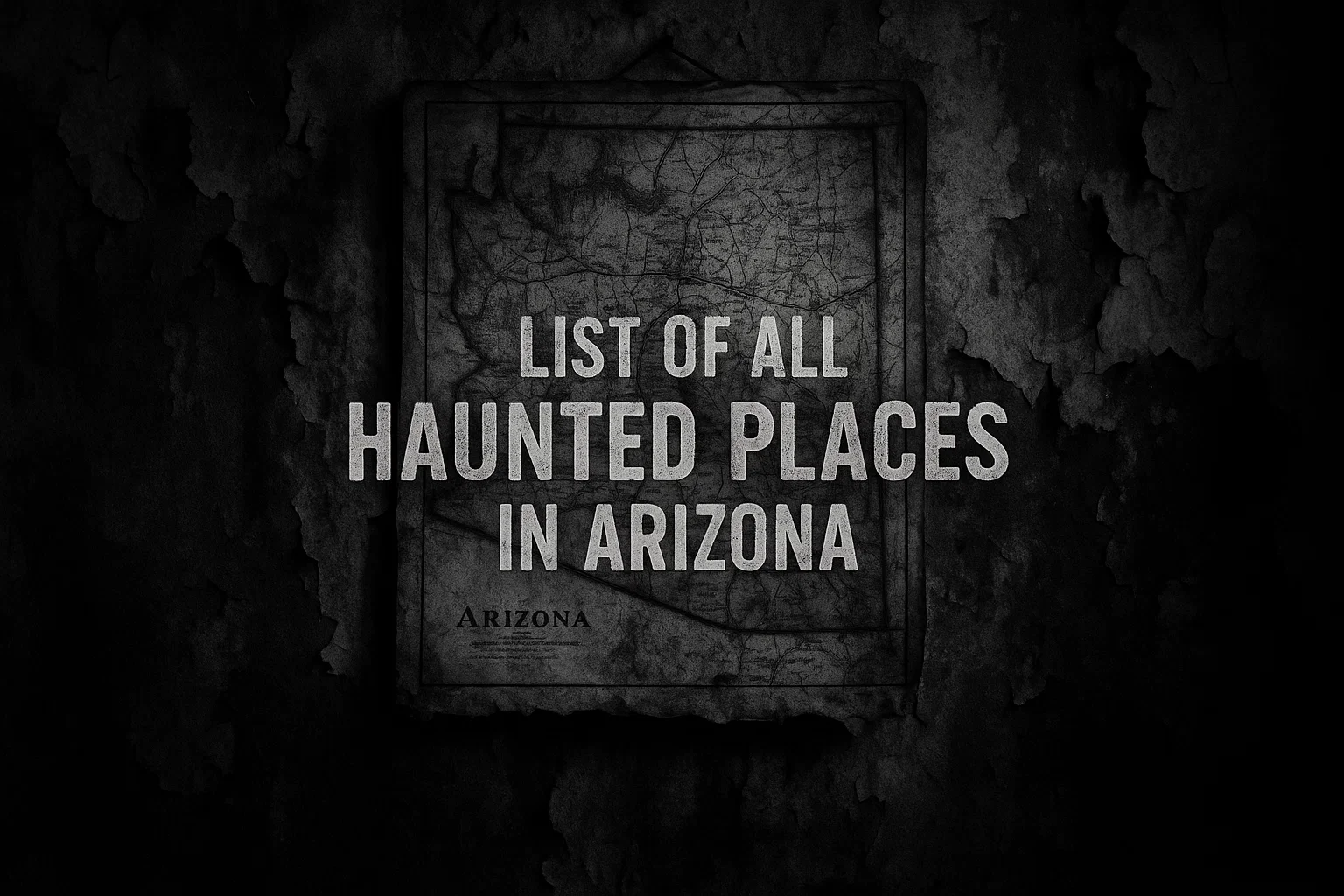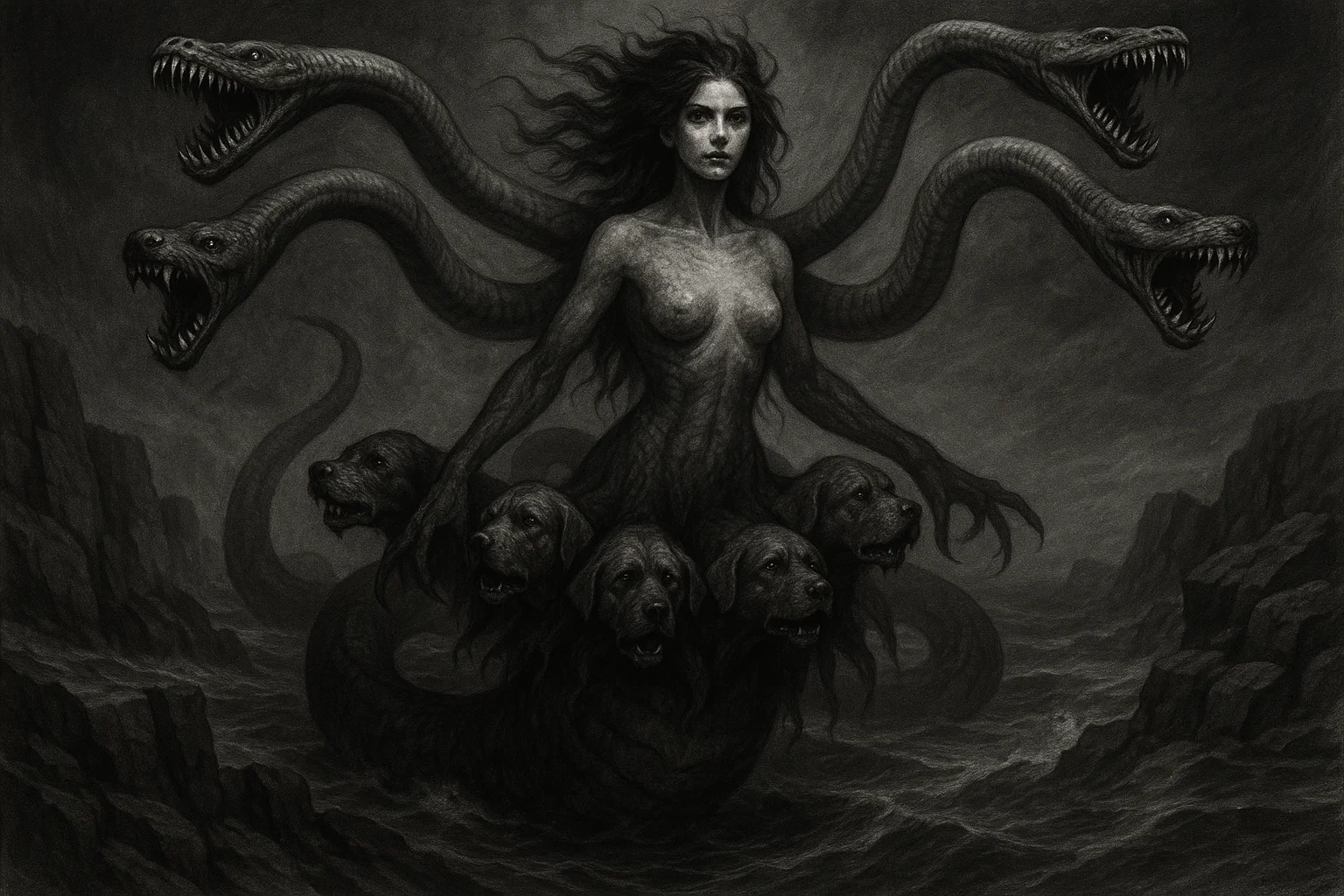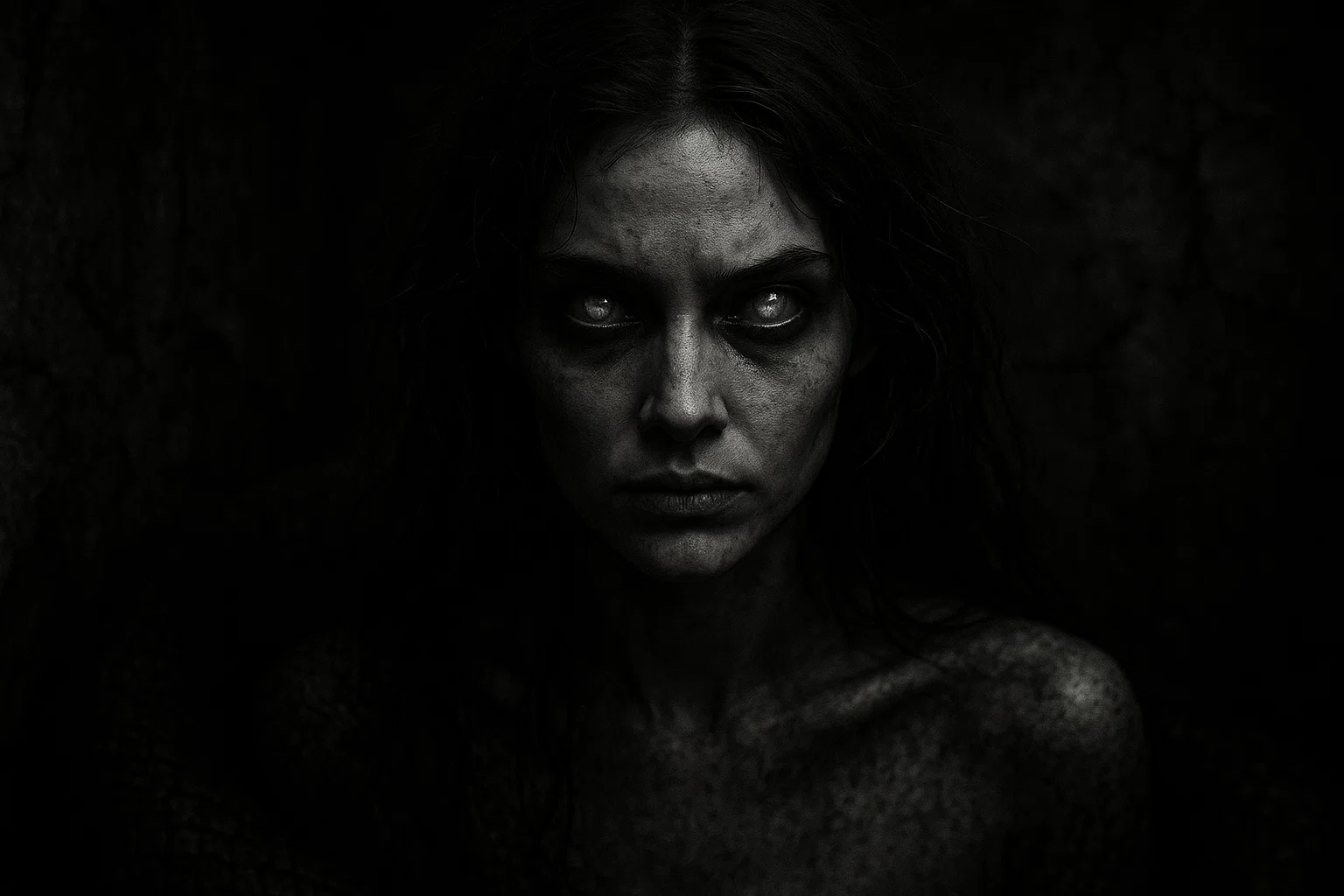In the vast and mysterious world of cryptozoology, where creatures straddle the line between myth and reality, Moñái emerges as a captivating yet obscure figure.
Known as the “lord of the air” in Guaraní mythology Moñai, this serpentine cryptid hails from the cultural heritage of the Guaraní people, indigenous to Paraguay, Argentina, and Brazil.
Unlike globally recognized cryptids like Bigfoot or the Loch Ness Monster, Moñái remains relatively unknown, its legend preserved through oral traditions rather than modern sightings.
This article provides an in-depth exploration of Moñái, covering its origins, physical characteristics, habitat, mythological “sightings,” and comparisons with other cryptids. Is Moñái real?
Summary
What Is Moñái?
Moñái is one of seven legendary monsters in Guaraní mythology, born to Tau, a powerful deity, and Kerana, a mortal woman Moñai. As the third son, Moñái was joined by siblings Teju Jagua, Mbói Tu’i, Yasy Yateré, Kurupí, Luisón, and Ao Ao, each embodying different aspects of terror and mischief.
According to folklore, these creatures plagued the Guaraní people until Porâsý, a heroic figure, sacrificed herself to defeat them. Moñái was particularly infamous for stealing goods and hiding them in caves, sowing discord among villages.
In the realm of cryptozoology, Moñái is classified as a cryptid—a creature whose existence is disputed or unproven by science List of cryptids. While primarily a mythological figure, its enduring presence in Guaraní culture makes it a subject of interest for those studying unexplained phenomena.
Unlike cryptids with modern sightings, Moñái’s “existence” is rooted in oral traditions, yet its legend resonates with the broader themes of cryptozoology: the exploration of the unknown and the interplay between myth and reality.
What Does Moñái Look Like?
Moñái is described as having an enormous serpent-like body, which allows it to navigate diverse terrains with remarkable agility Moñai. Its most striking feature is a pair of straight, colorful horns on its head, functioning as antennae.
These horns are said to possess hypnotic powers, enabling Moñái to mesmerize and control birds, its primary prey. This ability has earned it the title “lord of the air,” a nod to its dominance over avian species.
Additionally, Moñái is noted for its ability to climb trees and slide down swiftly, showcasing its versatility as a predator. This combination of serpentine form and hypnotic horns sets Moñái apart from other cryptids.
You May Also Like: El Chupacabra Myth Debunked? What Scientists and Eyewitnesses Say
While serpentine creatures like sea serpents are common in folklore, few are attributed with such specific supernatural abilities. Traditional Guaraní artwork and oral descriptions often depict Moñái as a coiled serpent with vibrant, horn-like antennae, emphasizing its otherworldly nature.
The colorful horns may serve a symbolic purpose, representing Moñái’s connection to the spiritual or supernatural realm. In the absence of modern illustrations or photographs, these descriptions rely on cultural memory, making Moñái a vivid figure in the Guaraní imagination.
Where Does Moñái Live?
Guaraní mythology situates Moñái in open fields, where it can move freely and hunt Moñai. However, its ability to climb trees suggests it also inhabits forested areas, reflecting the diverse ecosystems of the Guaraní homeland in Paraguay, Argentina, and Brazil.
These regions feature grasslands, dense forests, and river systems, providing a rich environment for a creature like Moñái. The mention of caves as hiding places for stolen goods indicates that Moñái ventures into rugged, secluded terrains, adding to its adaptability.
The Guaraní territories are known for their biodiversity, with species like jaguars, capybaras, and numerous birds coexisting in a complex ecosystem. While this environment could theoretically support a large, predatory creature, no scientific evidence suggests Moñái’s existence.
Instead, its “habitat” is a mythological construct, reflecting the Guaraní people’s deep connection to their land. The open fields and forests symbolize freedom and abundance, while caves evoke secrecy and danger, aligning with Moñái’s role as a thief and mischief-maker.
Moñái Sightings
Unlike cryptids such as the Loch Ness Monster or Momo, which have documented modern sightings, Moñái is known solely through Guaraní folklore, with no contemporary encounters reported List of cryptids.
You May Also Like: What Is a Qalupalik? Alleged Sightings, Reports, Encounters, and More
Its “sightings” are the oral traditions passed down through generations, which serve as the primary means of preserving its legend. These stories, while not literal sightings, are culturally significant, embodying the Guaraní people’s beliefs and values.
Key Mythological Events
The following events from Guaraní folklore constitute the core “sightings” of Moñái:
- Birth of Moñái: Moñái was born to Tau and Kerana, one of seven monstrous sons destined to bring terror to the land. This foundational myth establishes Moñái’s origins and sets the stage for its mischievous deeds.
- Terrorizing Villages: Moñái was notorious for stealing goods from villages and hiding them in caves, causing discord among the people. These tales highlight its role as a disruptive force in Guaraní society.
- Slaying by Porâsý: The heroic Porâsý tricked Moñái into entering a cave, where she ordered it burned, sacrificing herself to destroy the creature. This event marks the end of Moñái’s reign and underscores the theme of good triumphing over evil.
Evidence and Investigations
As a purely mythological figure, Moñái lacks physical evidence such as footprints, photographs, or videos List of cryptids. Cryptozoologists and scientists typically classify such creatures as folklore, not subjects for empirical investigation.
However, studying Moñái offers valuable insights into the Guaraní culture, revealing how myths reflect societal values and fears.
Possible Explanations for the Legend
Several theories attempt to explain the origin of the Moñái legend:
1) Cultural Symbolism
Moñái’s serpentine form may be inspired by large snakes or other reptiles native to the Guaraní regions, such as the anaconda. The colorful horns could be a stylistic addition to emphasize its supernatural nature, possibly drawing from the vibrant plumage of local birds.
The hypnotic powers attributed to Moñái might symbolize the mesmerizing movements of snakes or the behavior of birds, which could have been interpreted as supernatural by ancient observers.
2) Moral Tales
The story of Moñái and its siblings likely serves as a cautionary tale, warning against greed, theft, and discord. Porâsý’s sacrifice reinforces the moral that selflessness and bravery can overcome evil, a common theme in Guaraní folklore.
3) Psychological Interpretations
From a psychological perspective, Moñái may represent the unknown or feared aspects of the natural world. Cryptids often embody human anxieties about unexplained phenomena, such as missing goods or strange animal behaviors, providing a narrative framework to process these mysteries.
You May Also Like: Who is Andromalius, the Goetic Demon Who Punishes Thieves?
Scientific Perspective
No scientific investigations have targeted Moñái as a real creature, as its mythological status precludes such efforts. However, cryptozoology occasionally examines folklore to understand how legends evolve and persist.
For example, some cryptids, like the okapi or giant squid, were once dismissed as myths but later confirmed as real species. Moñái does not fit this pattern, as its characteristics—particularly the hypnotic horns—are more fantastical than biological.
Nevertheless, its study enriches anthropological and cultural research, shedding light on the Guaraní worldview.
Comparison With Other Similar Cryptids
Moñái’s unique combination of a serpentine body and horned antennae invites comparison with other cryptids, particularly those that are serpentine or horned:
| Cryptid Name | Physical Description | Habitat | Behavior/Powers | Cultural Origin |
|---|---|---|---|---|
| Horned Serpent | Large, scaled serpent with horns | Water bodies | Powerful spirit, associated with water | Native American |
| Villaricos Horned Serpent | 13-foot marine creature with horns | Ocean | Unknown, found washed ashore | Spain |
| Aatxe | Shape-shifting, can be young man or red bull | Caves | Protects treasures, benevolent/malevolent | Basque |
| Chimera | Lion front, goat middle, serpent tail, horns on goat head | Various | Breathes fire, composite creature | Greek |
| Naga | Human upper body, serpent lower body, sometimes hoods like horns | Land, water | Deities, benevolent/malevolent | Hindu/Buddhist |
| Quetzalcoatl | Feathered serpent | Sky, earth | Deity, bringer of knowledge | Aztec |
| Yacumama | Giant serpent | Amazon River | Can swallow canoes, protects river | South American |
| Loch Ness Monster | Large, serpentine creature | Loch Ness, Scotland | Elusive lake monster | Scottish |
| Mokele-Mbembe | Long-necked, dinosaur-like, sometimes with trunk or horn | Congo River basin | Herbivorous, shy | African |
| Basilisk | Large serpent, king of serpents | Various | Deadly gaze or breath | European |
| Amphisbaena | Serpent with head at each end, sometimes wings or horns | Deserts, various | Can move in any direction | Greek |
| Jersey Devil | Winged, horned creature with horse or goat head | Pine Barrens, USA | Elusive, various descriptions | American |
| Dragon | Varies, often serpentine with horns | Various | Fire-breathing, flying, hoarding treasure | Various cultures |
| Taniwha | Varies, can be serpentine with horns | Water bodies | Guardians, can be dangerous | Maori |
This comparison reveals that Moñái shares traits with several cryptids, particularly the Horned Serpent and Villaricos Horned Serpent, which are both serpentine with horns.
However, Moñái’s hypnotic powers and terrestrial habitat distinguish it from aquatic serpents. Similarly, while Aatxe and Moñái both inhabit caves, Aatxe’s shape-shifting nature contrasts with Moñái’s consistent serpentine form.
Is Moñái Real?
The question of whether Moñái is real hinges on the distinction between mythological and biological existence. No modern sightings, physical evidence, or scientific investigations support Moñái as a living creature.
Its characteristics, such as hypnotic horns, are more fantastical than plausible, aligning it with folklore rather than reality.
You May Also Like: Lucas Tavern Haunting: Montgomery’s Oldest Building Has a Ghost Problem
However, Moñái’s “reality” lies in its cultural significance. As a central figure in Guaraní mythology, it embodies societal fears of greed and discord, with Porâsý’s sacrifice symbolizing the triumph of virtue. The legend may have originated from observations of natural phenomena, such as large snakes or bird behaviors, which were woven into a narrative to explain the unknown.
In this sense, Moñái is real as a cultural artifact, reflecting the Guaraní people’s worldview and storytelling traditions.
Cryptozoology often explores the possibility that myths conceal undiscovered species, as seen with the okapi or giant squid. Yet, Moñái lacks the contemporary sightings or ecological plausibility needed to warrant such speculation.
While Moñái may not roam the fields of South America, its legend endures, captivating those who delve into the mysteries of cryptozoology and Guaraní heritage.

